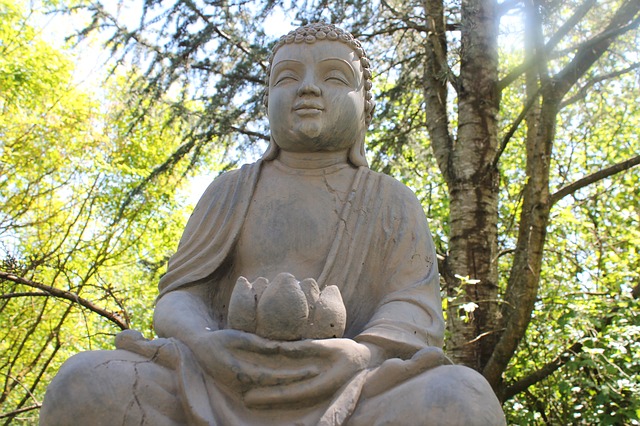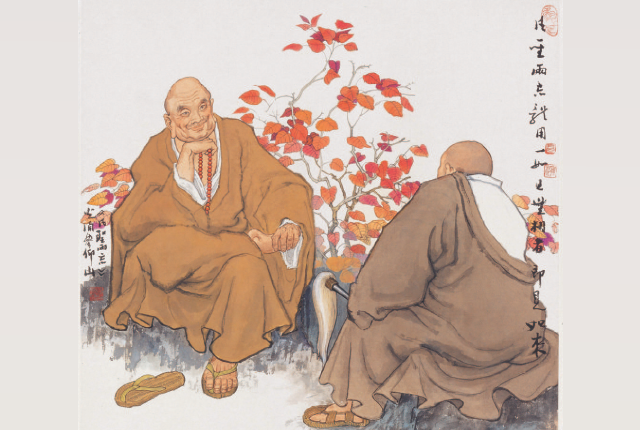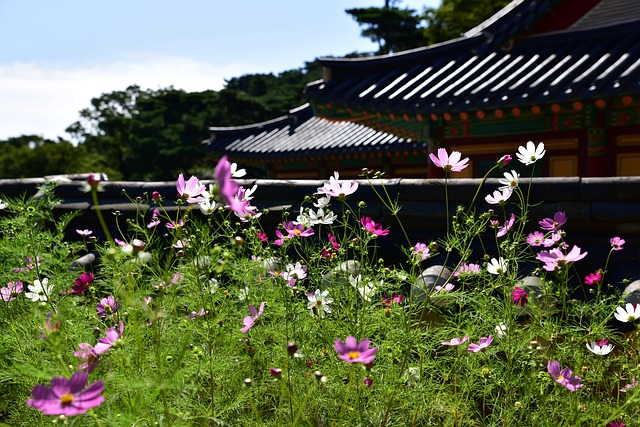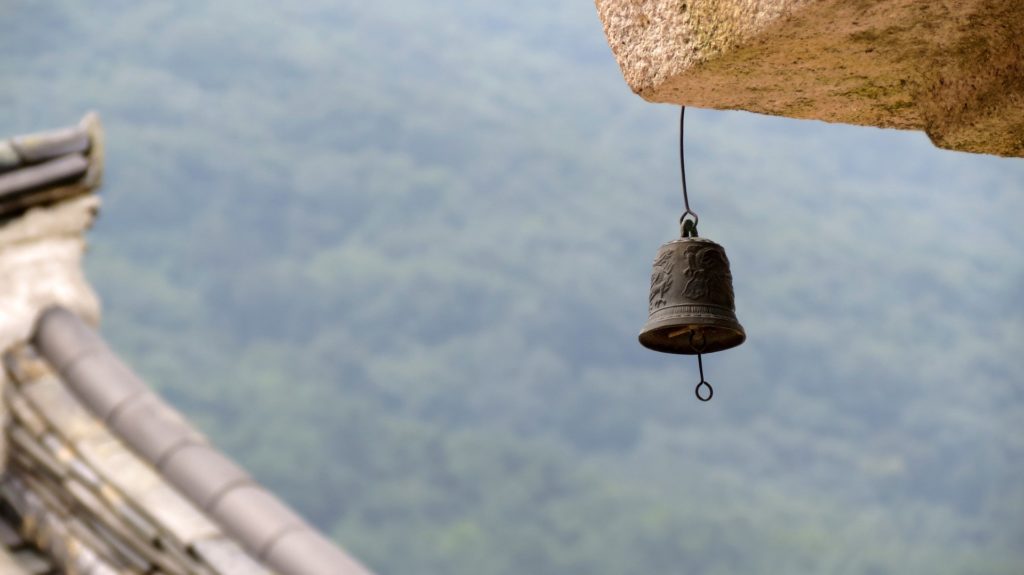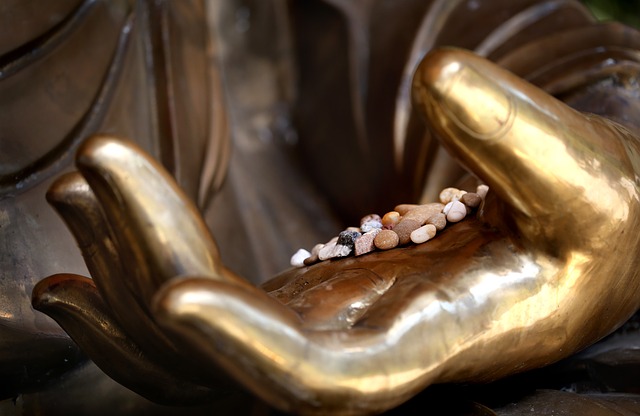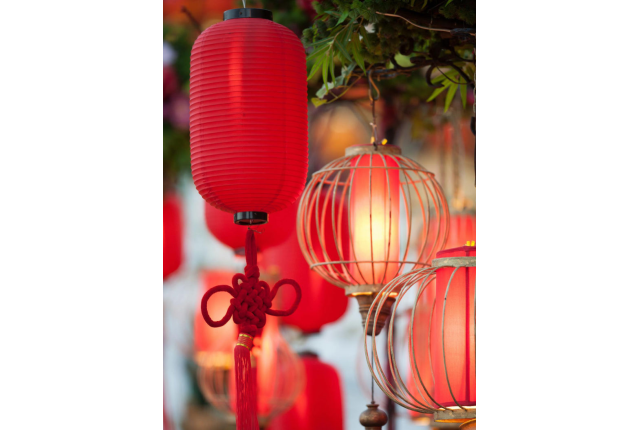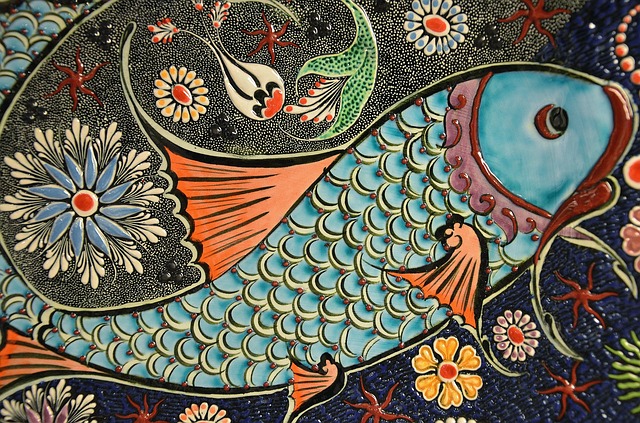Recent Articles
Observing the precepts is the concrete manifestation of compassion and the bodhisattva path. Read more
Control of the body means that we know when to act, and when not to act and that we know how to behave with moderation. Read more
All these naturally beautiful landscapes of the world are odes of praise to the beauty and wonder of nature. The beauty of nature is really enchanting and fascinating! Read more
The Buddha often explained emptiness and impermanence by getting people to think about how phenomena arise, change, and decline. Read more
When we can practice viewing ourselves and others through a lens of oneness, we will no longer engage in meaningless mind games that prevent us from forming positive connections with all beings. Read more
Greed narrows our vision as it obscures the wealth of wisdom contained in our inherent Buddha nature. Read more
The great masters of the Chan School have always been like leisurely clouds and wild cranes, sometimes dwelling in the mountain forests, sometimes living by the water. Read more
Meditation is not about sitting quietly with your eyes closed—this is just one method for developing meditative concentration. What matters in meditation is being able to contemplate and focus the mind. Read more
Offering lamps at Buddhist temples and stupas is a common practice. The Flower Adornment Sutra says, "The lamp of wisdom can break through all forms of darkness." As such, lamps represent the light of wisdom that pierces through the darkness of ignorance. This empowers sentient beings encumbered by confusion. The Buddhist practice of offering lamps originates from the actions of a poor girl named Nanda. Read more
The Sumati Sutra discusses fulfilling both worldly and supramundane needs. Sumati’s first three questions are regarding obtaining an elegant appearance, obtaining wealth, and keeping a harmonious family life—all of these are concerned with success in this life. Being satisfied in this way ensures that a bodhisattva will not be hindered, and can freely walk the bodhisattva path.Rewards and blessings are not stolen, forcibly taken, or Read more
Why should people create Buddha images? Did the Buddha really want everyone to make images of him and worship his body?In truth, the purpose of creating the Buddha images is not to create symbols for worship. Buddha images are reminders that “the mind is the Buddha,” and that everyone has Buddha nature. Buddha images also remind us to frequently recollect the virtues of the Buddha Read more
“True Dharma” means those teachings which are right, correct, and do not deviate from the Middle Way.The word “Dharma” has several different meanings. One meaningof “dharma” is “phenomena.” In this sense, “dharma” includes phenomena as large as the universe and as small as a mustard seed. “Dharma” also refers to the truth, the teachings of the Buddha. The Dharma the Buddha taught is what allows people Read more
© 2024 Fo Guang Shan International Translation Center
Protected by copyright under the terms of the International Copyright Union; all rights reserved.



